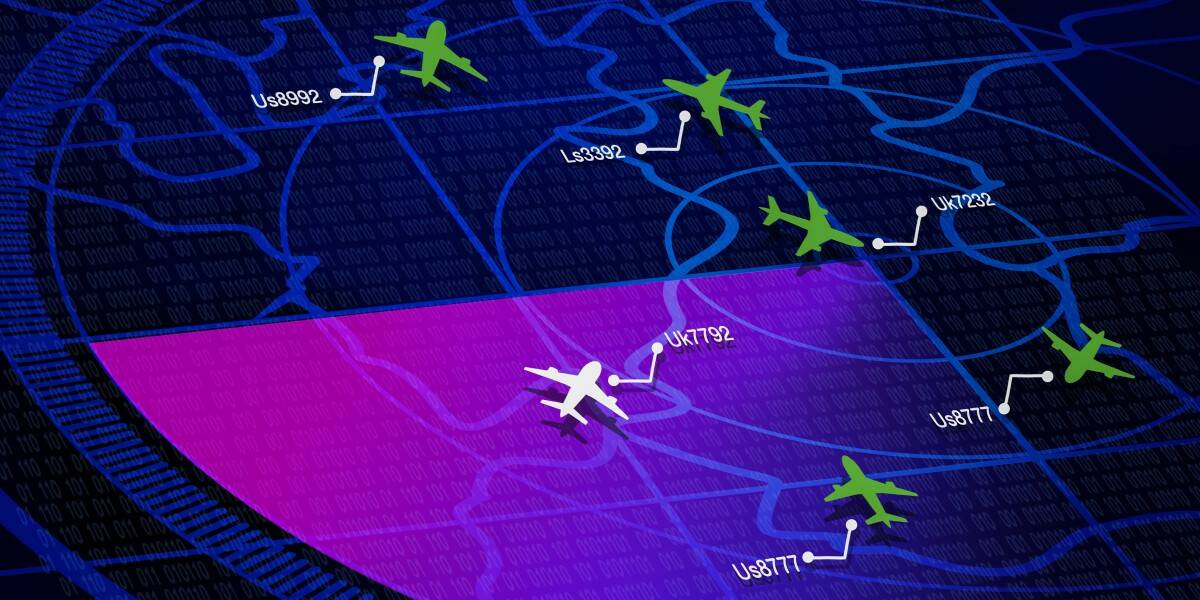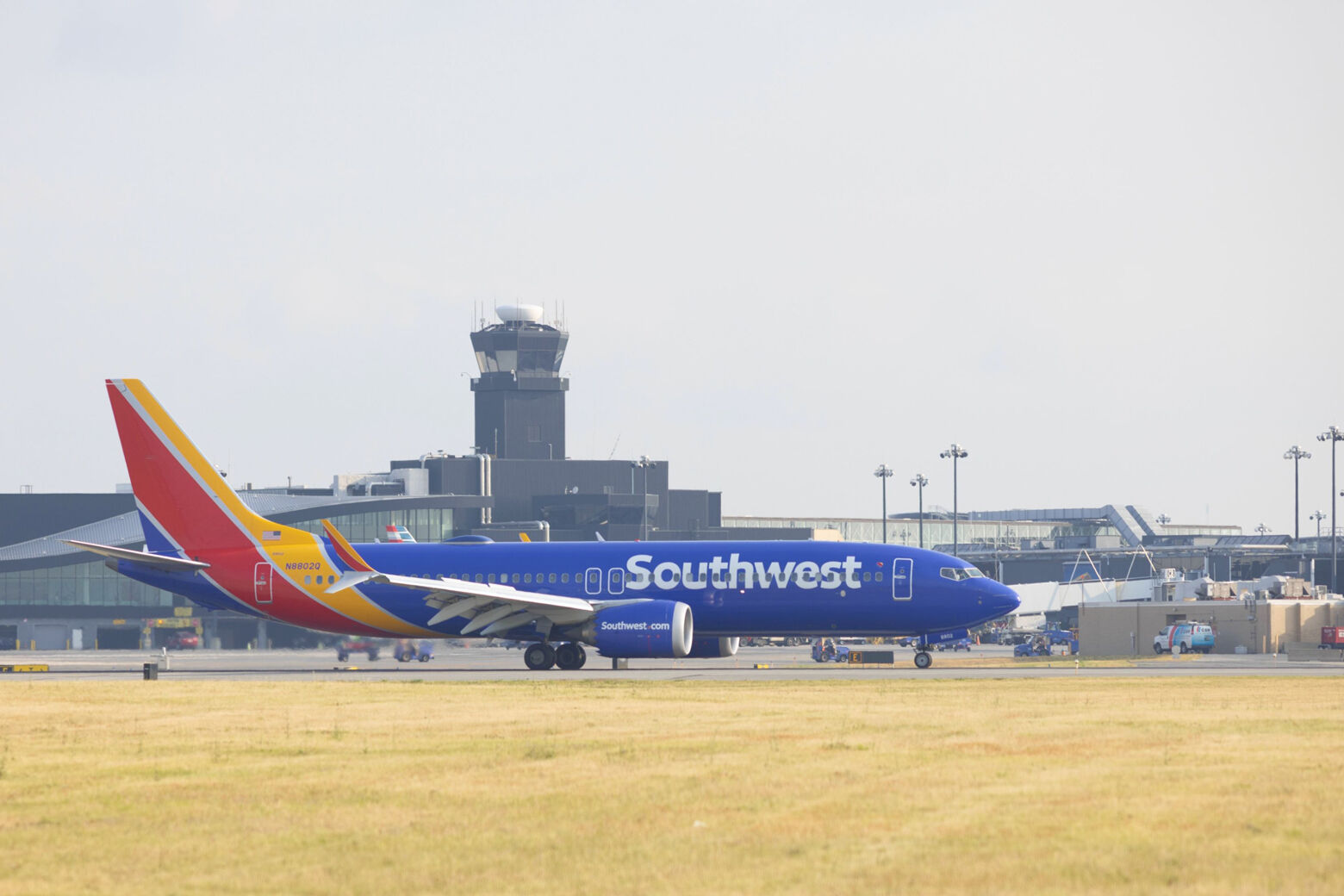Dying Low-Cost Airlines: United CEO Says Government Is Driving Carriers Out Of Big Cities
Before the pandemic, Spirit Airlines and Frontier were the fastest growing carriers and Spirit was the most profitable. American Airlines CEO Robert Isom was President at the time and tried to orient American’s strategy around competing against them rather than against Delta.
Much has changed since then! Frontier has struggled, and Spirit Airlines is in bankruptcy, after the Biden Department of Justice sued to block JetBlue from acquiring them. JetBlue wanted their pilots and planes to grow as a result of their partnership with American Airlines, which the Biden administration also blocked. Now JetBlue is struggling to regain its financial footing, too.
United’s Scott Kirby has been predicting the demise of low cost competitors for years. So far he hasn’t been wrong. On Wednesday morning’s earnings call, he placed the blame for this on the airports and the federal government as he explained why his airline would outcompete them in the major cities where they have their biggest operations.
I just don’t see how it’s possible to be a low-cost carrier and fly profitably to the New York Airports or Chicago or Los Angeles or San Francisco. The business model just doesn’t work because the government and those entities have priced low-cost carriers out of the market. And it’s just math. …[T]he only way to solve that is to not fly it. That doesn’t mean they’ll do it overnight. There will be some ups and downs along the way. There’ll be ego involved in that. But ultimately, it is math and it is going to come out because it cannot be profitable.
Airport costs in major cities are high. But that’s not the only high cost of flying in the Northeast. Congested airports mean greater taxi time, and congested airspace also means that flights take longer. You cannot operate as many flights with an aircraft in the Northeast as you can a similar-distance route elsewhere in the country, and you can’t turn planes around on the ground as fast either.
While Kirby has lobbied for significant increases in funding for the FAA’s Air Traffic Organization, because he has a hub at Newark (United’s most profitable!) and is significantly affected by understaffing there, it also helps with his airline’s moat. It’s much harder for ultra-low cost carriers to compete with low costs in places like Newark, but also to a lesser extent the other major cities where United hubs as well (other than, perhaps, Houston).

United Airlines at Newark
Low cost carriers get their low costs primarily by having simple operations, that require fewer people, and by being in a position to pay those people less. Here are the (3) biggest expense buckets for an airline:
- Planes won’t be a long-term source of lower cost. Planes basically cost the same for low cost and full service aircraft. If anything, larger carriers placing larger orders can get bigger discounts.
An new airline might pick up just a few planes cheap, and that helps a startup carrier but wouldn’t move the needle for an airline with a fleet of 1,000.
They might also get undervalued, disfavored aircraft cheap and gain a cost advantage there for a time but that’s a cost benefit that will ultimately erode as it grows the fleet and replaces planes.
- Fuel won’t be a long-term source of lower cost. Jet fuel moves with the price of oil, and that price is set on the global market. An airline might separately have a strong trading capability and outperform commodities markets, as Southwest Airlines did for a time. That’s less likely for a smaller upstart. And even Southwest’s vaunted hedging benefit didn’t last.
- Labor eventually gets more expensive. This is the area where low cost carriers get a lot of their low costs. They’re newer and may not be unionized. They are hiring junior folks who haven’t moved up a seniority scale yet. They keep a simpler operation and don’t need as many people to run their operation.
Over time, though, airlines unionize, crew gain seniority, and what’s happened in recent times is that the pandemic drove up wages. Spirit Airlines started paying pilots a lot more, for instance.

Airlines also outgrow their low cost model. They fly a handful of routes that largely airlines ignored, or they undercut those larger airlines on price with a handful of flights on routes where they compete directly. But there are only so many unexploited opportunities and eventually they find they’ve tapped all of those.
Then, in order to keep growing, they need to try to appeal to different customers with different products. They need a more complicated fleet to serve more markets, which means higher maintenance, training, and staffing costs. They need different on board products. And each of these changes entails higher costs, eroding the cost advantage.
Meanwhile, since the pandemic, ultra-low cost carriers have faced another challenge in the United States: a revenue problem. Passengers have increasingly wanted nicer products, and they’ve wanted to travel abroad (especially Europe).
Ultra-low cost carriers haven’t had the premium products that people wanted to buy. They haven’t served the places that people wanted to go (and don’t have fleets capable of doing so). And they haven’t had partnerships that would have allowed them to sell those tickets and share in revenue, either. (Those partnerships incur costs, such as interlining baggage.) So it’s a cost and a revenue problem both.

The federal government and local airports are driving up the cost of flying. That is bad for airline bottom lines, but it also harms low cost carriers most because it hurts their relative low cost compared to their larger competitors. This makes flying costlier to do, which drives up fares. And it drives low cost carriers out of the market, which drives up fares.
Think about that the next time you want to impose even more costs on airlines, or hear a politician complaining about high fares.















